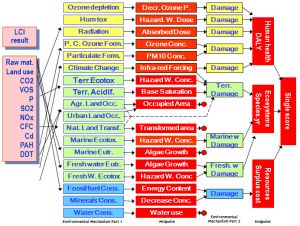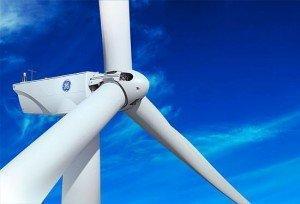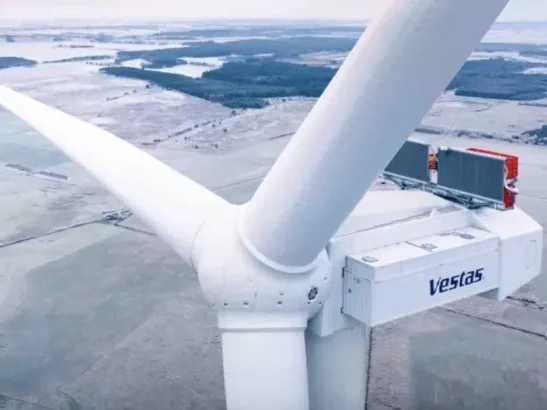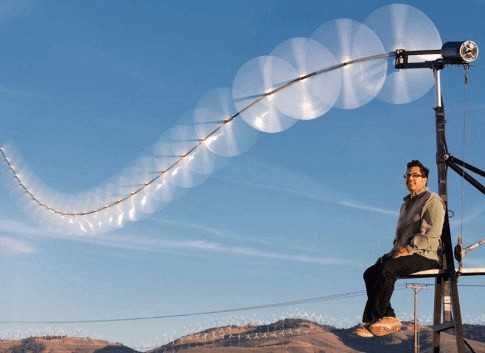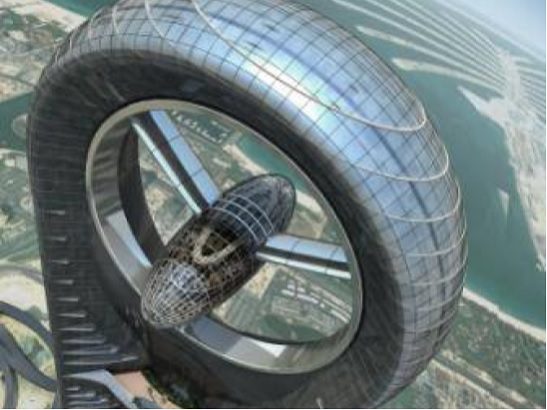The fossil fuel followers have often said that the carbon cost in manufacturing commercial wind turbines is so great that it takes years, if ever, to recoup that carbon cost from the renewable wind energy produced from the turbines. Not true! A two year comprehensive life-cycle study of two 2 MW turbines has found that the turbines have an energy payback of a mere 6 months. That means that in their first six months of their operation, large wind turbines produce the same total amount of energy that was needed to produce and install them, which is comparable to the best solar photovoltaic systems.
The study was conducted by Oregon State researchers and published recently in the International Journal of Sustainable Manufacturing (IJSM):
The background is that wind turbines produce energy with virtually no emissions, but there are environmental impacts associated with their manufacture, installation and end of life processing. The work presented in the document examines the full life cycle and environmental impacts of two 2 MW wind turbines. Manufacturing, transport, installation, maintenance and end of life were measured for both models and then compared using the “ReCiPe 2008” impact assessment method. Below is an overview (a simplification) of what it looks at:
On top of this, energy payback analysis was conducted based on the cumulative energy demand and the energy produced by the wind turbines over 20 years. The life cycle assessment revealed that environmental impacts are concentrated in the manufacturing stage, which accounts for 78% of impacts. The energy payback period for the two turbine models were found to be 5.2 and 6.4 months. Based on the assumptions made, the results of this study can now be used to conduct an environmental analysis of a representative wind park to be located in the US Pacific Northwest.
It’s a double-whammy for fossil fuel energy plants, because not only do they too cost carbon to produce in the first place, their day-to-day energy production adds to the carbon pollution. To be fair, in the early days of renewable energy when manufacturers had not yet applied mass-production techniques to these new technologies, the energy payback time (EPBT) of renewables was considerably longer than 6 months.
The European Photovoltaic Industry Association conclusion was:
“Depending on the type of PV system and the location of the installation, the EPBT at present is between 0.5 and 1.4 years.”
With increasingly efficient new wind turbines and greener production there should be a continued improvement in EPBT: Year after year, renewable energy will become a better and better investment. Here is a picture of GE’s GE 2.5-120 which they claim is the world’s most efficient wind turbine:
note:
The IJSM is an organisation proposes and fosters discussion on developing various elements of science-based sustainability principles and their applications in innovative products, processes and systems for manufacturing with emphasis on economic, environmental and societal aspects of sustainability. This covers the biocomplexity of the environment and its associated technological challenges facing the needs of the society for economic growth and prosperity as applied to design and manufacturing of discrete products. Product lifecycle issues involving the development of use of materials and resources for sustained quality requirements and perpetual material flow would form a basis for sustainability applications in product design and manufacture to be promoted by the journal.

